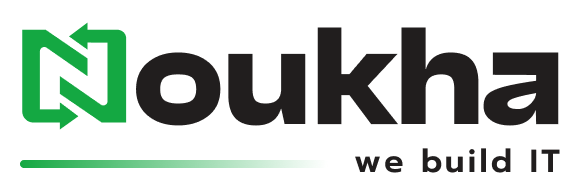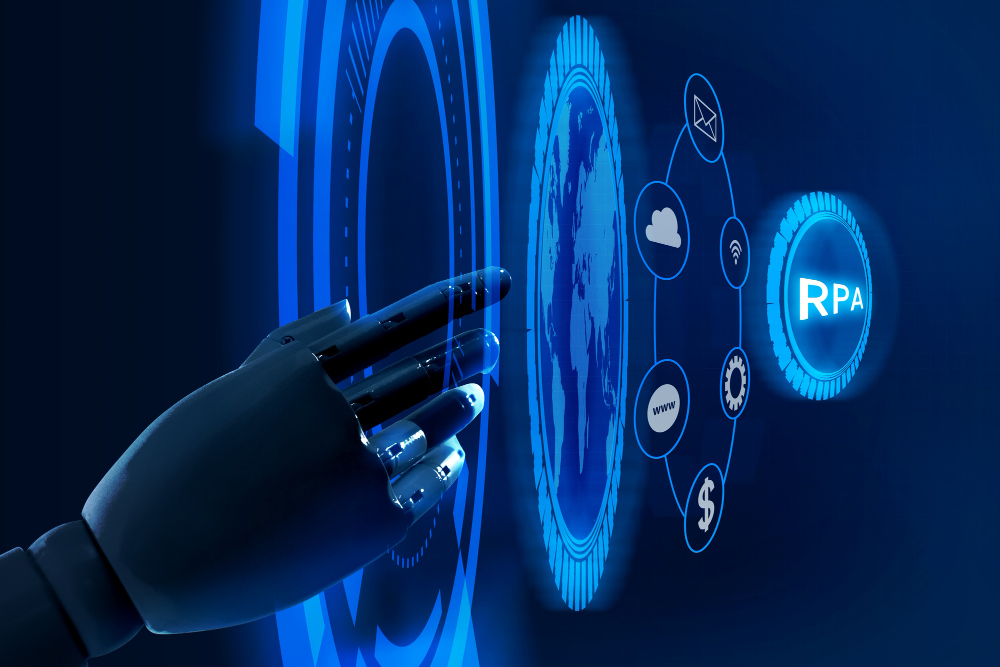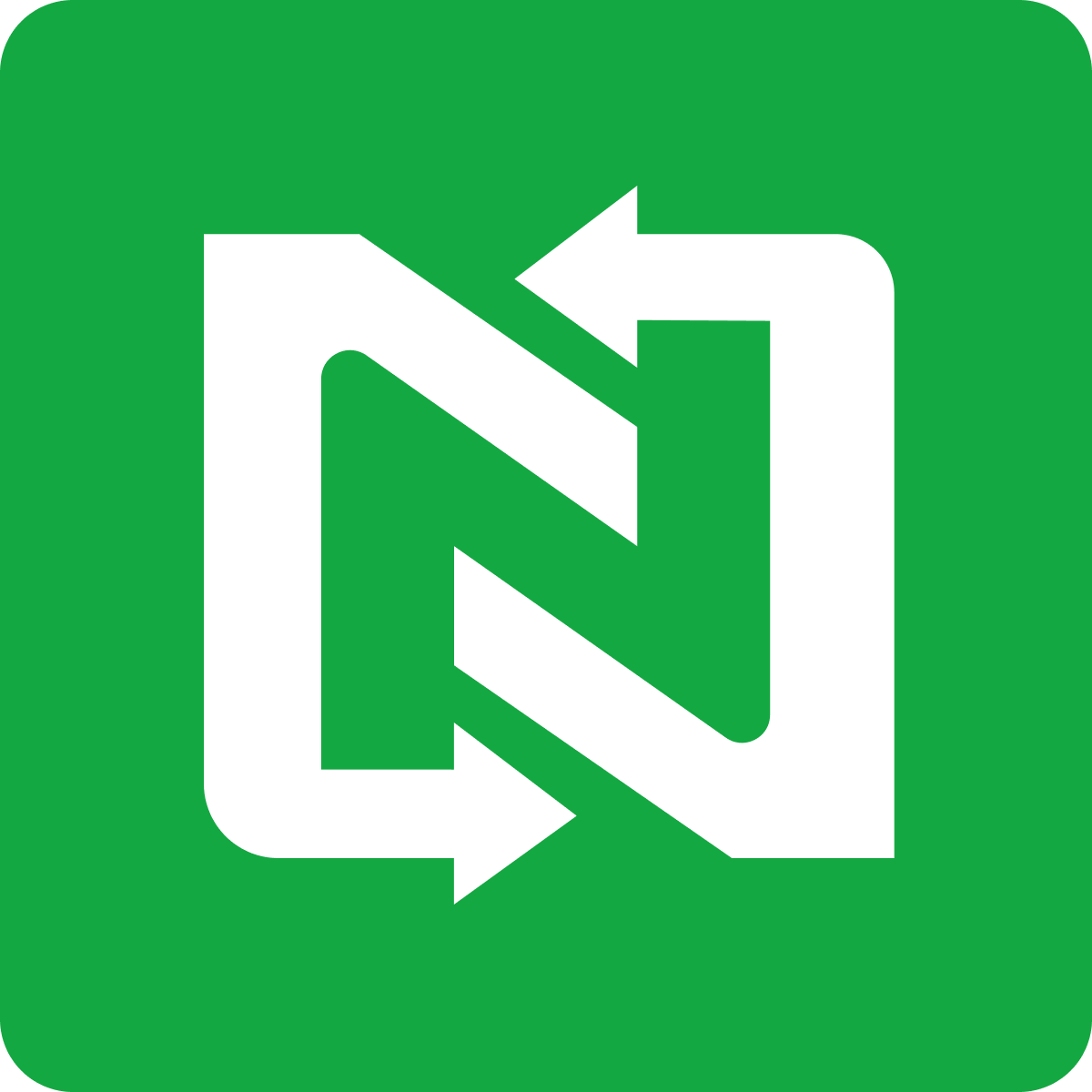AI is no longer a new direction but a strong wave that is rewriting the software development, business efficiency, and competitive advantage. Companies of all sizes, including startups, are turning to the top-tier AI software development firms to guide them through ideation to smooth AI adoption. Making informed decisions, mitigating pitfalls, and achieving value at each step requires stakeholders to understand the entire journey- the process of developing the software AI.
Ideation: Use Case and Business Objectives definition
The first step to any strong ai software development project is having objectives and requirements.  The process of developing projects successfully begins with the identification of the business problem or opportunity, stakeholder objectives, and future expectations of the artificial intelligence software development. This includes:
The process of developing projects successfully begins with the identification of the business problem or opportunity, stakeholder objectives, and future expectations of the artificial intelligence software development. This includes:
- Defining the problem that an AI solution can solve uniquely.
- Involving stakeholders in intensive requirements gathering.
- Evaluation of feasibility, cost, and AI/ML preparedness.
- Establishing measurable KPIs and performance standards.
Ideation is not merely brainstorming; it involves matching technology possibilities with specific business requirements, so that each ai software development service is directly valuable.
Data collection and preparation
The foundation of any AI application development service is data. This phase deals with collecting quality structured and unstructured data across diverse sources, including through internal systems, publicly available data, and IoT devices, as well as logs. Data engineers:
- Normalize, clean and preprocess data to be consistent.
- Deal with outliers, missing values, and bias.
- Combine, enrich, and tag data to train powerful models.
Quality data converts good ideas into effective custom ai software development by establishing a solid base of intelligent learning and prediction.
Design and Prototyping of the model
The second is the choice or design of ai ml development company models that are most appropriate to the issue at hand. Some of the steps involved include:
- Selection of neural networks, decision trees, or other models.
- Architecture (layers, activation functions, connectivity) design.
- Hyperparameters of the fine-tuning models.
Using methods such as transfer learning or using an ensemble to achieve more robust and accurate results. 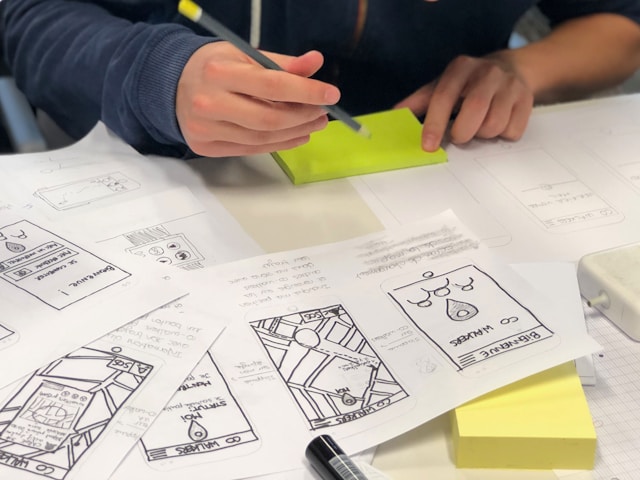
Creating a prototype (Proof of Concept) can be a step toward testing performance and technical feasibility prior to investing in full-scale development of ai software.
Training and Model validation
The core of the ai and ml app development is training. In this case, the machine learning app development company works with pre-existing data to train the model to identify patterns, make predictions, or automate decisions. This stage involves:
- Updating large datasets to the model.
- Learning optimization through hyperparameter optimization.
- Continued validation to verify that the model can generalize and not overfit.
The interpretability, security, and ethical risk are given special consideration, preparing the groundwork of the solutions of the ai systems that can be trusted and made transparent.
Integration and Deployment
After verification, the AI solution is transferred to production where it is used in real life. The AI software development firm works with DevOps to:
- Enhance the existing software, mobile apps, or cloud platforms with the AI model.
- Automate deployment pipelines to scale and iterate.
- Introduce performance and reliability monitoring tools of AI.
In this case, customer-facing platforms that deliver instant, intelligent responses are incorporated into elements such as ai chatbot development service to websites or customer support ai chatbot development service to ecommerce.
On-going observation, Development, and Maintenance
AI software is not a set-and-forget software. The real world changes, which means that the AI model needs to be re-considered. Continued maintenance consists of:
- Data drift monitoring, bias monitoring, or security vulnerability monitoring.
- Training and revising the model to maintain accuracy.
- AI scaling according to user feedback and business development.
The most successful ai software companies at this stage are interested in long-term collaboration and active AI development, which guarantees the highest ROI.
Noukha Technologies: Your AI Software Development Partner
Noukha Technologies is a reliable company in the development of artificial intelligence software; hence, it focuses on all stages of the AI software development process, such as ideation and discovery, data engineering, model design, deployment, and continuous optimization. The AI/ML team at Noukha has decades of experience in custom ai creation, ai and ml application creation, and web, mobile, and cloud integrations of enterprise-scale. 
Noukha focuses on effective communication, responsive approaches, and architecture entailing the future. Every solution is client-centered and has a clear structure of costs associated with the development of artificial intelligence apps and long-term maintenance. This guarantees that businesses utilizing Noukha have robust, scalable, and innovative ai technologies tailored to their industry and expansion objectives.
Frequently Asked Questions
Q1. How long is the average time taken in an AI software development cycle?
The majority of the projects take three to nine months based on complexities, availability of data, and integration requirements.
Q2. What does Noukha Technologies do to guarantee the privacy and compliance of AI projects?
Noukha uses current data governance, anonymization and compliance models, particularly to sensitive sectors according to international privacy principles.
Q3. What influences the cost of AI apps development?
Costs vary according to the complexity of the solution, the volume of data, the structure of model, integrations made, and the support needed.
Q4. Is it possible to incorporate custom AI software development within legacy software?
Yes. The expertise of Noukha team lies in seamlessly fitting the new AI models into the existing IT stacks and customer platforms in a secure way.
Q5. What is the frequency of retraining of an AI model on completion of deployment?
The frequency of retraining should be dependent on industry, data volatility and the dynamism of user behaviors. The majority of solutions need periodic training and frequent monitoring to ensure the optimal performance.
